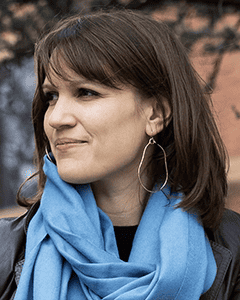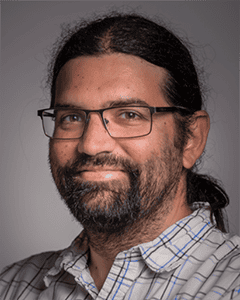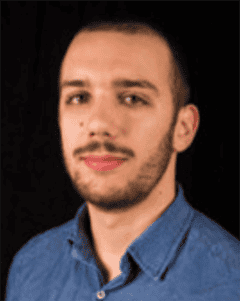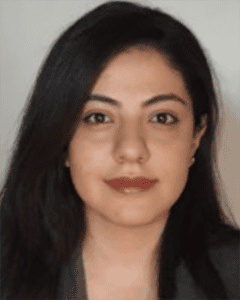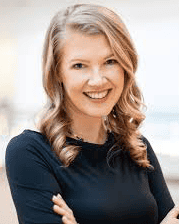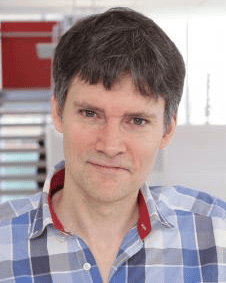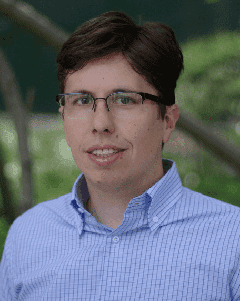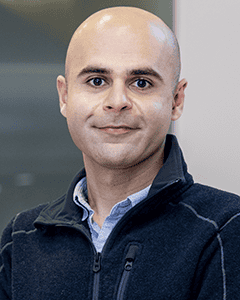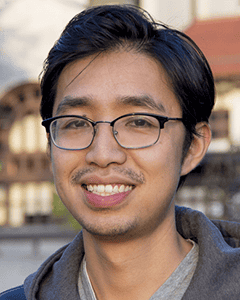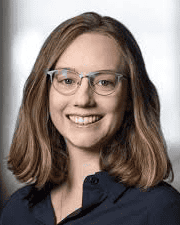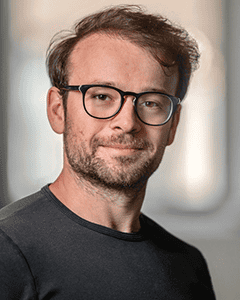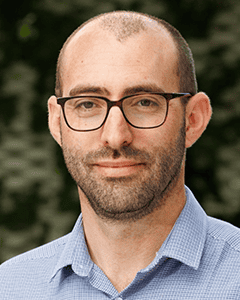Community Meeting
Friday, August 15, 6:15 – 7:00 pm, Room A0.01, Overflow Rooms A1.02, A1.03, C1.03
As is tradition, CCN will conclude with the Community Meeting.
During this session, we’ll announce the location of CCN 2026 and open the floor for discussion. This is an opportunity to reflect on the changes introduced this year and to share ideas on how we can continue to strengthen and support our growing community at future events.
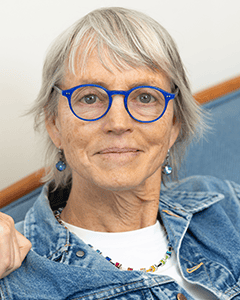 Nancy Kanwisher, Massachusetts Institute of Technology
Nancy Kanwisher, Massachusetts Institute of Technology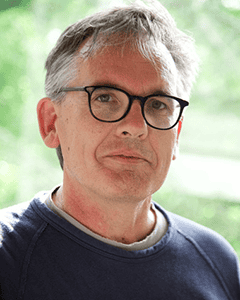 David Poeppel
David Poeppel